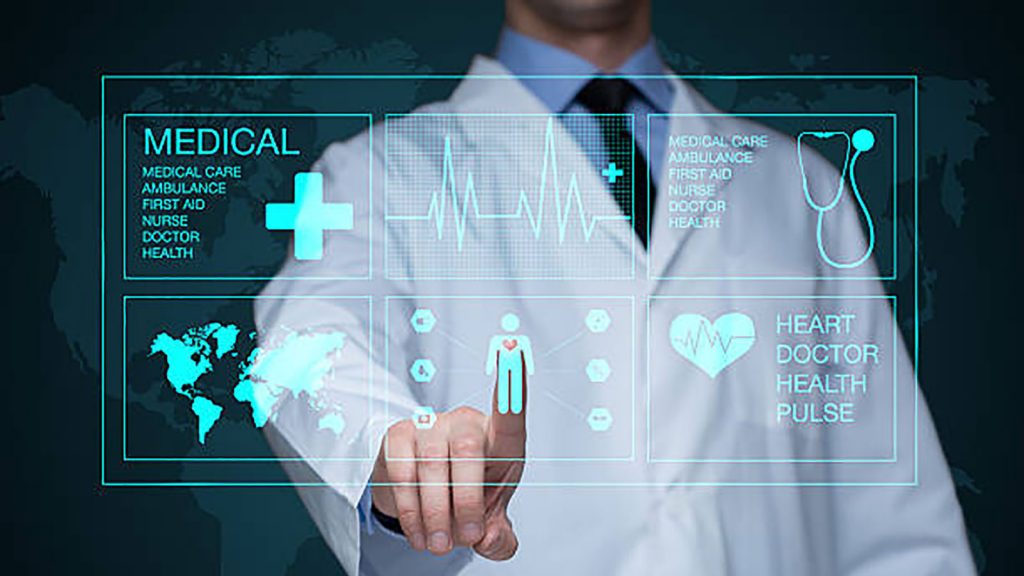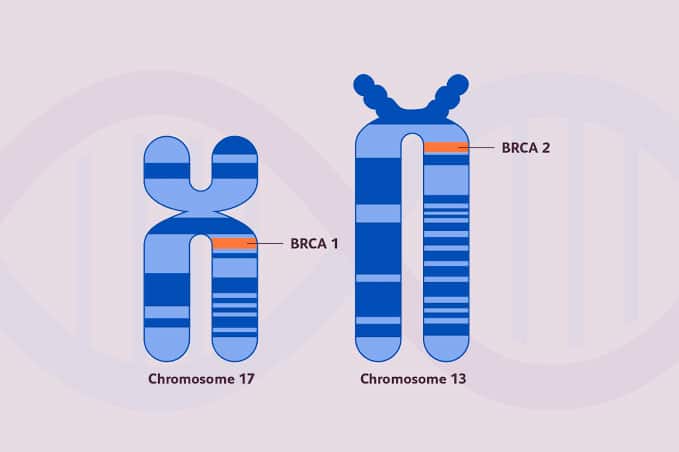“A woman is the heart of a home; without a woman, the home is at the risk of falling apart”, remarks senior oncologist of V Care Cancer Centre, Dr. Vikash Kumar Agarwal. He made this statement in light of how women have centrally been an important figure since the dawn of civilization & yet how they have been part of the marginalized group, who are considered weaker and have often been deprived of essential rights. The primary example is how women’s health has been neglected with the statistics showing us the stark reality of the rising cases of breast cancer in the country. If our primary focus is to first & foremost raise awareness about cancer, then our concern here would be if we have enough tools to actually abate the problem in the first place?

Accounting for 14% of cancers in India, breast cancer happens to be the most common type of cancer among women in India. However, the good news is that there’s still HOPE! Advancement in medical science has come up with technologies and tools that can estimate if you are at the risk of having breast cancer. Well, these tools have gone through a considerable period of testing to verify its authenticity in giving accurate results. But before we proceed further as to what these tools are and how they function, let us first understand what we mean by breast cancer risk assessment?
Breast Cancer Risk Assessment is basically a study or a report that helps one formulate and lay down the scope to determine the probabilities of having the risk of breast cancer at any given time of their life. One must note that there are few factors that are taken into account to determine the entire process. Some of these factors are the gynecological health of the woman, previous histories of biopsies whether positive or negative, breast density & family history of breast cancer etc.

In order to make this assessment feasible, there have been development of tools to make this assessment possible. These tools are popularly known by the acronym BRCAT or also known as Breast Risk Cancer Awareness Tools. Such tools have been developed on the principle of what is known as the GAIL model. This model was named after Dr. Mitchell Gail, who happened to be the Senior Investigator in the Biostatics Branch of the NCI Division of Cancer Epidemiology & Genetics.
This tool determines the probability of someone having the risk of breast cancer, considering certain factors. These include the person’s age, the age at the onset of menstruation, number of first degree relatives having a history of breast cancer, previous biopsy reports, and presence of atypical hyperplasia. (enlargement in the size of an organ as a result of rapid growth of cells & associated with the initial stage of cancer). After fulfilling this criteria, the tool will automatically review and let the person know if they are at risk of getting breast cancer at any age of their lives.
Furthermore, in cases where women have a history of Lobular Carcinoma in Situ can use what is known as the IBIS Breast Cancer Risk Evaluation Tool to estimate the risk of invasive breast cancer or DCIS (Ductal Carcinoma in Situ).
Such sophisticated tools have shown considerable results over a period of time. But what is even more important is that the most important idea behind the use of such tools is to create a system of caution and not panic. It must be remembered that such tools have been developed to make the process of cancer awareness feasible , such that one can take action at the right time.

It must also be remembered that before coming to any conclusion, when it comes to the assessment of breast cancer risk, one must always always consult with a cancer specialist and recognise that the assessment is merely an indicator. The important message is to become cautious and take accountability of their health, but never to become oversensitized or anxious during the course of such a procedure.
